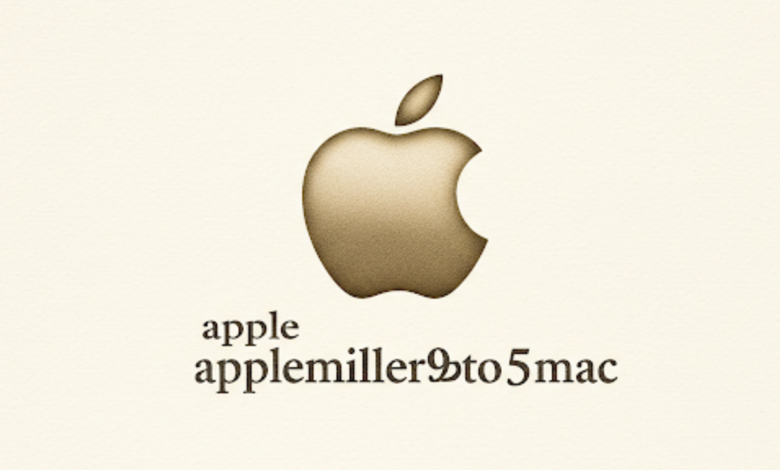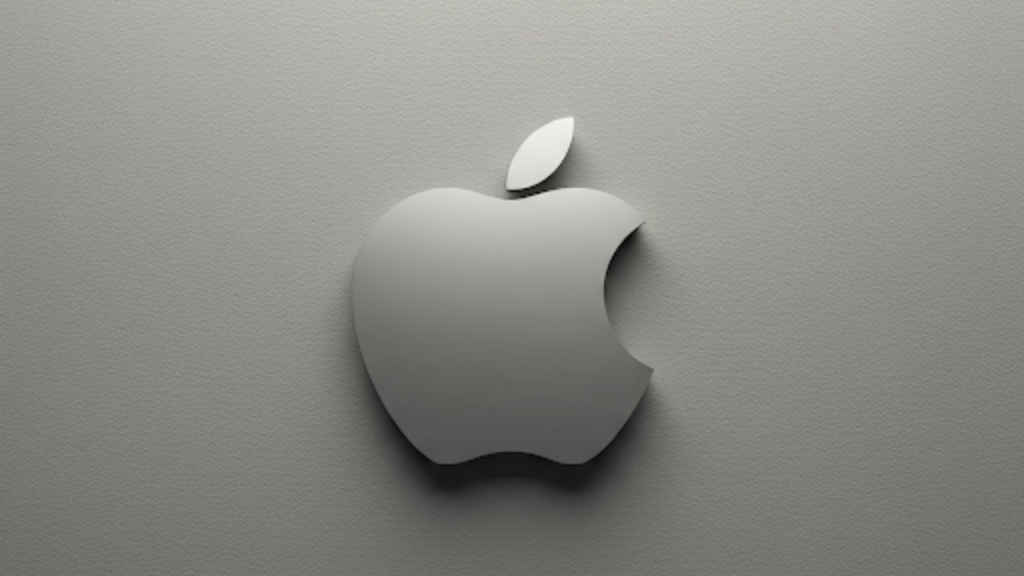apple sign applemiller9to5mac A Deep Dive into Apple’s Easy Login Solution

I. Introduction
In today’s hyper-connected digital world, user experience reigns supreme. From e-commerce platforms to social media networks, apple sign applemiller9to5mac seamless and secure login experiences are crucial for attracting and retaining users. Enter Apple Sign-In, a powerful solution that simplifies user onboarding and enhances privacy. Developed by Apple, this innovative technology leverages the existing Apple ID ecosystem to provide a streamlined and secure authentication method for third-party apps and websites.
At its core, Apple Sign-In aims to alleviate the burden of creating and managing numerous online accounts. By allowing users to leverage their existing Apple IDs, it eliminates the need for lengthy registration forms, complex passwords, and the constant fear of data breaches. This not only enhances user convenience but also strengthens security by minimizing the risk of compromised credentials. Apple Sign-In seamlessly integrates with various platforms and devices, offering a consistent and familiar login experience across the Apple ecosystem.
The rise of Single Sign-On (SSO) solutions has revolutionized the way users interact with online services. SSO enables users to access multiple applications and platforms with a single set of credentials, eliminating the need for separate usernames and passwords for each service. Apple Sign-In perfectly aligns with this trend, providing a user-centric and privacy-conscious approach to SSO. By leveraging the trusted and secure Apple ID platform, it offers a robust and reliable authentication mechanism for developers while prioritizing user data protection.
II. How Apple Sign-In Works

Under the hood, Apple Sign-In employs a sophisticated authentication process that ensures both security and user privacy. When a user chooses to sign in to an app or website using Apple Sign-In, they are presented with a streamlined authentication flow. The process typically involves verifying their identity using their Apple ID and device-specific security measures such as Face ID or Touch ID. Once authenticated, Apple Sign-In securely transmits a unique token to the app or website, allowing the user to access the service without revealing their underlying Apple ID or password.
Integrating Apple Sign-In into third-party applications is a relatively straightforward process for developers. Apple provides comprehensive documentation, APIs, and SDKs to facilitate seamless integration. Developers can easily incorporate Apple Sign-In into their existing authentication flows, offering users a convenient and familiar login option. Apple also provides guidelines and best practices for developers to ensure a smooth and secure user experience, emphasizing the importance of user privacy and data security.
One of the standout features of Apple Sign-In is its seamless device-to-device authentication capabilities. Users can seamlessly access their accounts across various Apple devices, including iPhones, iPads, and Macs, without the need for separate login credentials. This seamless integration enhances user experience and provides a consistent and familiar login experience across the Apple ecosystem. By leveraging the unique strengths of each device, Apple Sign-In enhances security and convenience for users.
III. Apple Sign-In and Privacy
Apple has consistently championed user privacy as a fundamental right. This commitment is deeply ingrained in the design and implementation of Apple Sign-In. Unlike some other SSO solutions, Apple Sign-In minimizes data sharing between users and third-party apps. Apple prioritizes on-device processing whenever possible, limiting the amount of user data transmitted to Apple’s servers. Features like Private Relay further enhance user privacy by encrypting web traffic and routing it through multiple relays, making it difficult for third parties to track user activity.
Transparency and user control are paramount in Apple’s approach to privacy. Users have complete control over the data they share with apps and websites when using Apple Sign-In. They can easily review and manage their privacy settings, granting or revoking access to specific data points. Apple provides clear and concise privacy policies that outline how user data is collected, used, and protected. The company regularly updates its privacy practices and introduces new features to enhance user control and security.
When compared to other popular SSO solutions like Google Sign-In and Facebook Login, Apple Sign-In stands out for its strong emphasis on user privacy. While these alternative solutions offer convenience, they often rely on extensive data collection and user tracking for targeted advertising and personalized experiences. Apple Sign-In, on the other hand, prioritizes user privacy and limits data sharing to the absolute minimum required for authentication. This privacy-centric approach has resonated with users who are increasingly concerned about their online privacy and data security.
IV. The Future of Apple Sign-In
Apple Sign-In has the potential for significant expansion and evolution in the coming years. As the digital landscape continues to evolve, Apple is likely to explore new applications and integrations for this powerful technology. Expanding beyond mobile devices, Apple Sign-In could potentially be integrated into other platforms such as desktops and wearables, providing a truly seamless and consistent login experience across all Apple devices.
While Apple Sign-In offers numerous advantages, it also faces some challenges and limitations. One of the key challenges is expanding its reach beyond the Apple ecosystem. While Apple Sign-In is widely adopted within the Apple ecosystem, its adoption among third-party developers and platforms outside of Apple’s control remains a key area for growth.
V. Conclusion
Apple Sign-In represents a significant step forward in user authentication, offering a streamlined, secure, and privacy-conscious login experience. By leveraging the power of the Apple ecosystem and prioritizing user privacy, Apple Sign-In has set a new standard for SSO solutions. As the digital world becomes increasingly interconnected, Apple Sign-In is poised to play a crucial role in shaping the future of online experiences.
VI. FAQs
How secure is Apple Sign-In? Apple Sign-In employs robust security measures, including two-factor authentication, device-specific security features, and encryption to protect user accounts.
What data does Apple collect with Apple Sign-In? Apple collects minimal data necessary for authentication, such as the user’s name and email address.
Can I use Apple Sign-In with non-Apple devices? Currently, Apple Sign-In is primarily designed for use within the Apple ecosystem.
How do I enable/disable Apple Sign-In for an app? You can manage Apple Sign-In settings within the app’s settings or within your Apple ID settings.
What are the costs associated with using Apple Sign-In? Apple Sign-In is generally free for both users and developers.
You May Also Read: https://fundaliy.co.uk/lync-conf-mods/



